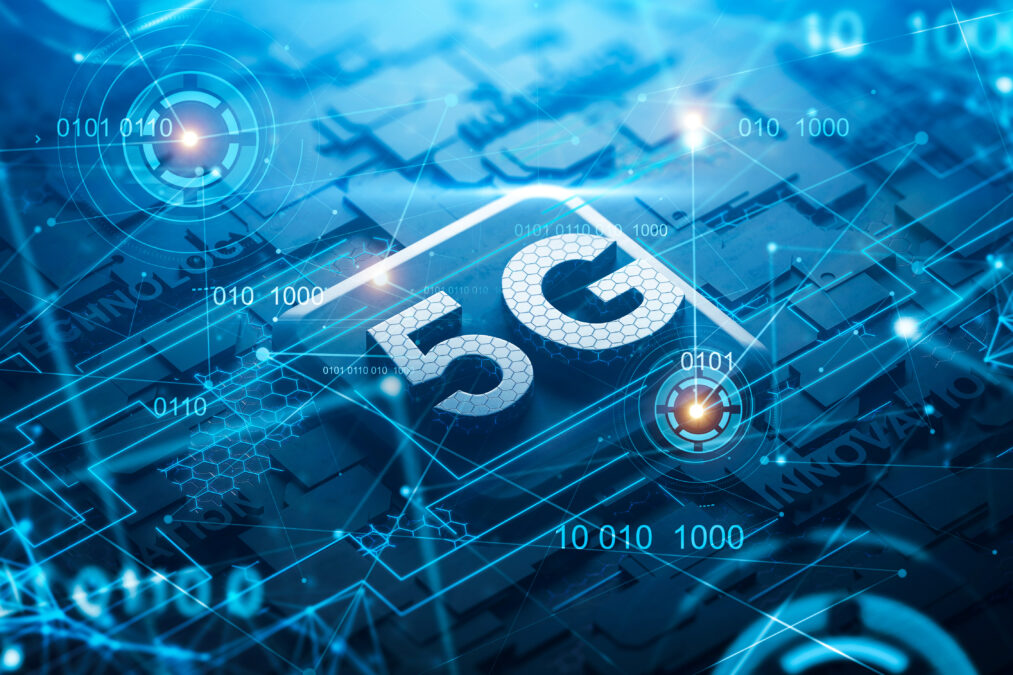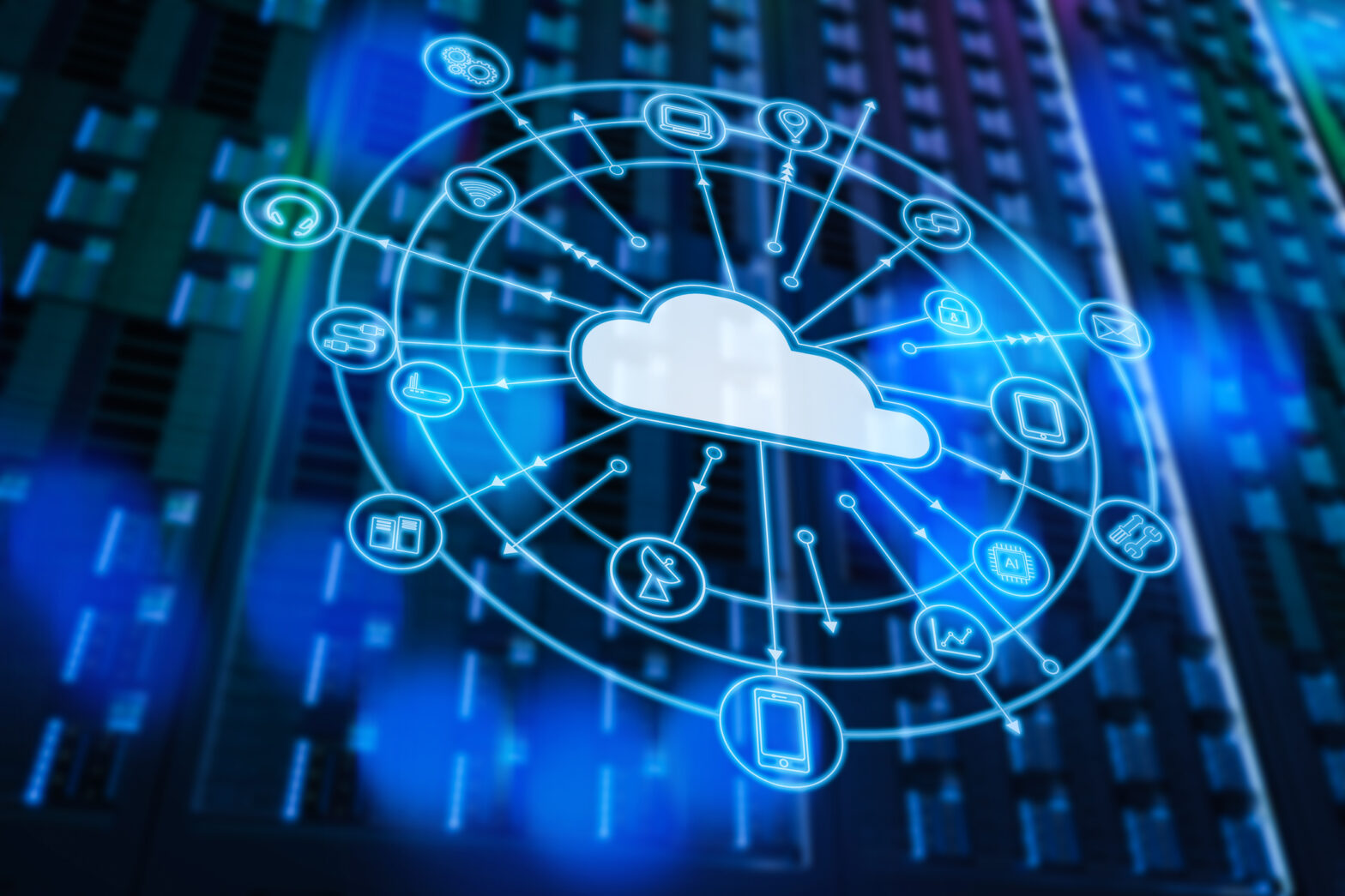A mobile 5G network promises to be the bridge towards Industry 2.0. But the reality is patchy coverage and a high cost of entry. What should an enterprise business CTO consider when throwing the switch on 5G?
With the hype machine cranked up to 11, 5G is among the most hotly anticipated technological leaps in the enterprise pipeline. Can it live up to the buzz and what are the implications for large, complex data applications?
The 5G factor
In a nutshell, 5G offers enterprises significant data performance improvements on previous iterations of cellular technology. It is faster, with less lag on data transmission and more capacity for throughput.
‘The key is for CTOs to understand why they are making the upgrade’
The implications of this are twofold: instant online experiences for mobile consumers and, more profoundly, an opening up of the digital economy to cutting-edge enterprise level technologies. 5G will upgrade access for gamers and home workers, who will experience speeds equivalent to those of wired connections, but large and complex data applications have the biggest potential for impactful change.
“The performance characteristics of 5G connectivity enable emerging technologies to be brought into play: edge computing, AI, data analytics and the like,” says Richard Webb, director of network infrastructure at CCS Insight.
“In terms of opportunities, it depends on where an enterprise is in its digital transformation, but as enterprises become more data-centric in their operations, 5G gives new options regarding where operational data and processes reside. This might create a path to better operational efficiencies, cost savings, a means to improve customer experience, or generate new revenue streams.”
A great leap forward
Compared with its predecessor 4G, 5G data transmissions speeds could be 10 to 20 times faster, particularly in cities and urban environments where it works best. With speed comes capacity – more information travelling via the same bandwidth – and this is where the true potential lies.
5G enables businesses to deploy more devices and sensors in more locations without investment in the sort of fixed-line connectivity needed for high data consumption and always-on connected use cases, the like of which will power future smart cities, utilities, transportation, hospitals and smart factories.
Before now, remote connectivity meant smaller data volumes and constrained, scheduled feeds, but 5G raises the bar on volumes and continuous up and down stream data feeds, according to Jaco Vermeulen, chief technology officer at BML Digital.
He adds: “This enables IoT projects to explore wider capabilities and use cases, and significantly richer inputs for big data collection. It opens up artificial intelligence and machine learning to use significantly denser data points for processing, resulting in more accurate outputs.”
New, more powerful cellular technology brings with it more capacity for automation, lower costs, greater support for numerous devices with less power consumption and longer battery life, as well as enhanced security.
At the enterprise level, it will facilitate emerging technologies like robotic process automation, predictive analytics and flexible, remote, working models for employees in the field as well as at home.
According to Doug Castor, senior director for 6G projects at Philadelphia-based InterDigital, the greater number of people working outside of centralised hubs means more high-level enterprise applications are accessed through consumer grade mobile phones, so connectivity must improve.
“With more complex applications now serving a whole raft of new use cases, such advancements are pushing 4G connectivity to the limit and pushing data consumption to extremes. As a result, 4G will have to hand the baton over to 5G as such quality of service requirements exceed the limits of what it can deliver.”
The opportunity is more than a general speeding up, rather it is a gateway to entirely new advancements in health, manufacture, travel and retail, to name just a few parts of the economy ripe for modernisation.
“Urban IoT, hospitals, real estate, transportation and municipalities will utilise the intelligent technologies designed to improve quality of life, community interaction, and public safety with the ongoing adoption of 5G providing the bandwidth,” says Laura Roman, CMO of US-based EDJX.
The path to adoption
5G will facilitate granular, real time, data capture in the factories of the future. It will help doctors triage patients before they reach hospital. Shoppers could have seamless access to virtual dressing rooms. The possibilities are wide-ranging and it’s easy for buyers to get ahead of themselves, but, for CCS Insight’s Richard Webb, organisations which define a clear business case before they acquire 5G tech will see the best results.
“I don’t condone anyone ever ‘rushing’ to upgrade, generally speaking, but I do feel 5G is worth consideration from enterprise CIOs, CTOs and network directors. It can be a powerful option to support digital transformation and enable more flexible data and cloud or edge operations.
“It will most benefit enterprises that have identified use cases that are constrained by existing network infrastructure. It could be deploying a 5G private mobile network within the enterprise campus to support localised applications and enable new use cases, improve data security, and create a more unified technology platform across the business.
He gives the example of an enterprise wanting to upgrade its CCTV network. Its Wi-Fi network might handle feeds from 25 cameras across its campus, but a 5G private network might enable it to double that figure. Other use cases include adding new operations, data capture for analytics, inventory sensors and so on. The key is for CTOs to understand why they are making the upgrade.
5G for enterprise business
Another consideration weighing against making the switch is the existing 5G device ecosystem, which beyond smartphones is playing catch-up, partly due to the side-effects of the Covid-19 pandemic and the shortage of semi-conductors.
Enterprises should also consider whether aggregators and storage, processing capabilities and systems for automation, are all capable of handling the enhanced data exchange, according to BML Digital’s Jaco Vermeulen.
Asaf Gigi, VP Marketing of floLIVE, points to the potential high cost of entry and problems with patchy coverage, at least in the early days, though both these factors will iron out as time goes on.
In a sense, 5G promises to provide the missing link between industries 1.0 and 2.0 and, without it, much future gazing will remain just that. If the experts have it right, the new cellular technology will deliver on expectations for business at the enterprise level, just not overnight.
More on 5G and 6G
Information Age guide to how 5G will affect your business – Information Age guide to how 5G will affect your business
5G technology disruption – 4 sectors ripe for disruption – 5G technology disruption – four business sectors 5G will disrupt: financial services/insurance, cloud & edge computing, medical and healthcare, and supply chain management
5G and AI use cases – how 5G lifts artificial intelligence – 5G will unleash the potential of AI, says Michael Baxter. But how will AI and 5G most affect our everyday business lives? What are 5G and AI use cases?
Could low latency 5G boost your business? – Low latency 5G means faster input response times between machines on a mobile network, improving their performance – why is that a good thing and how could it help your business?










